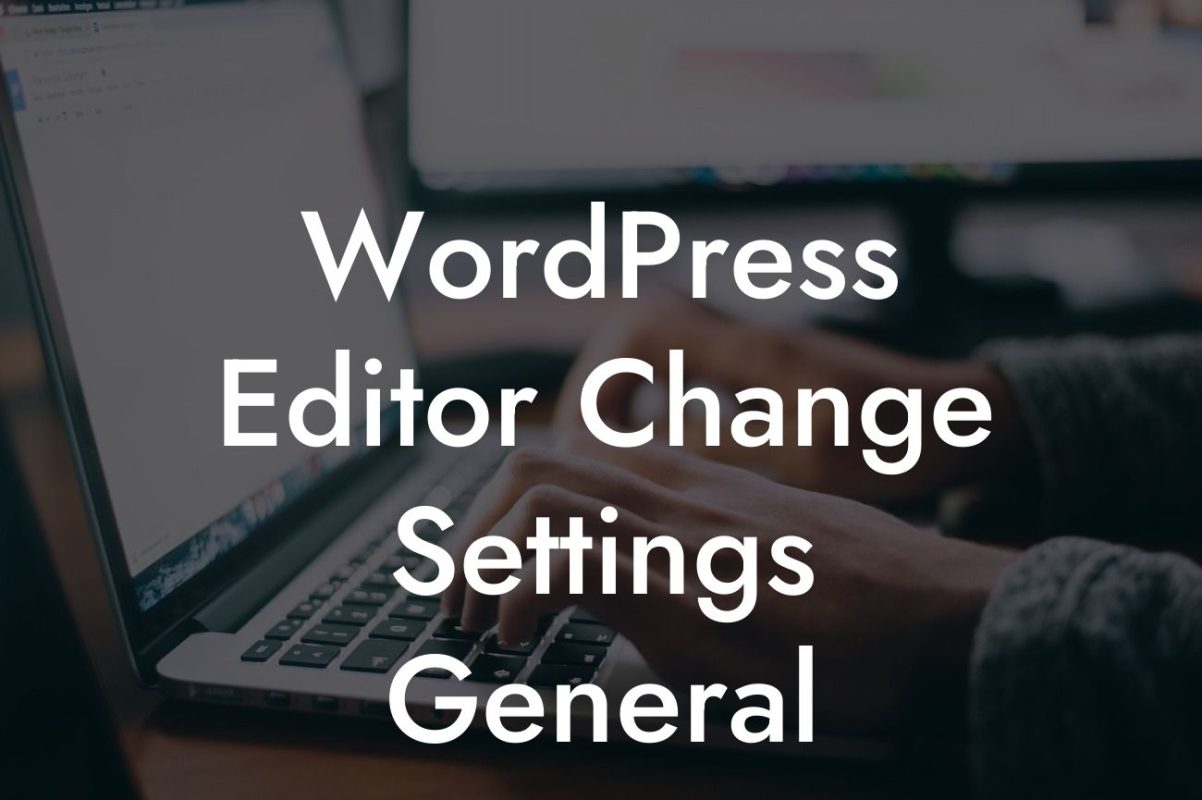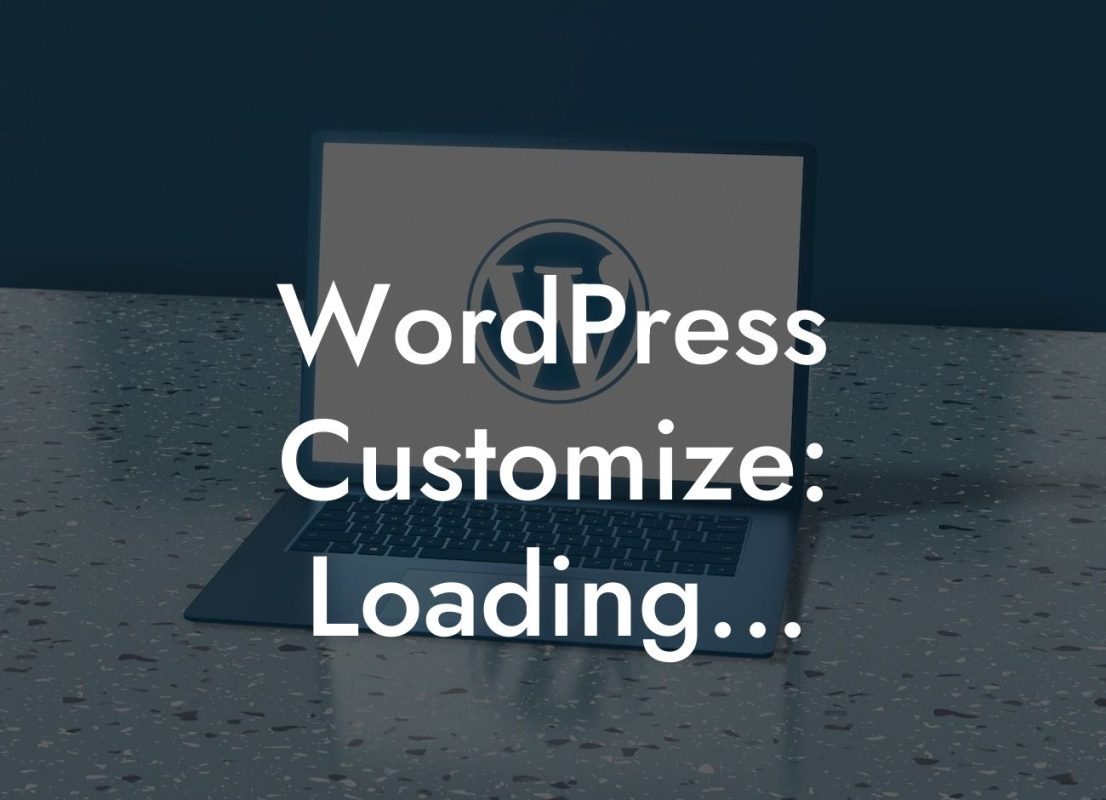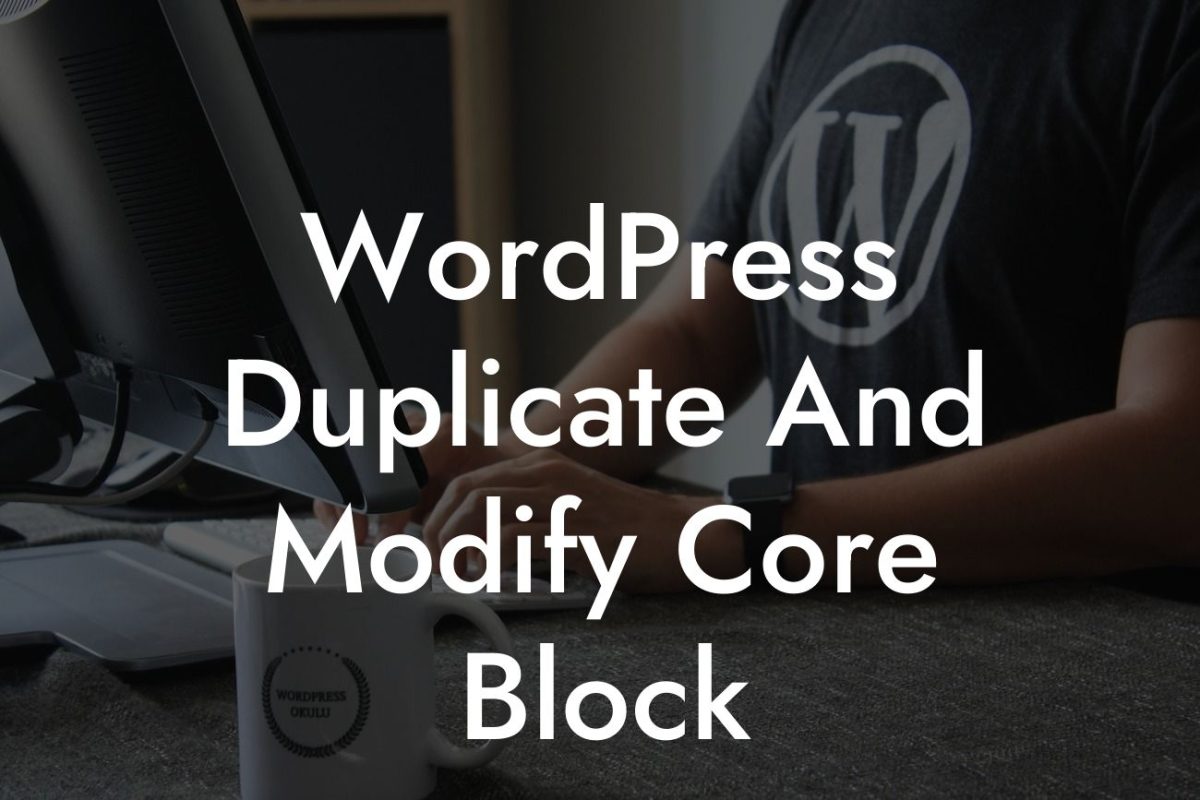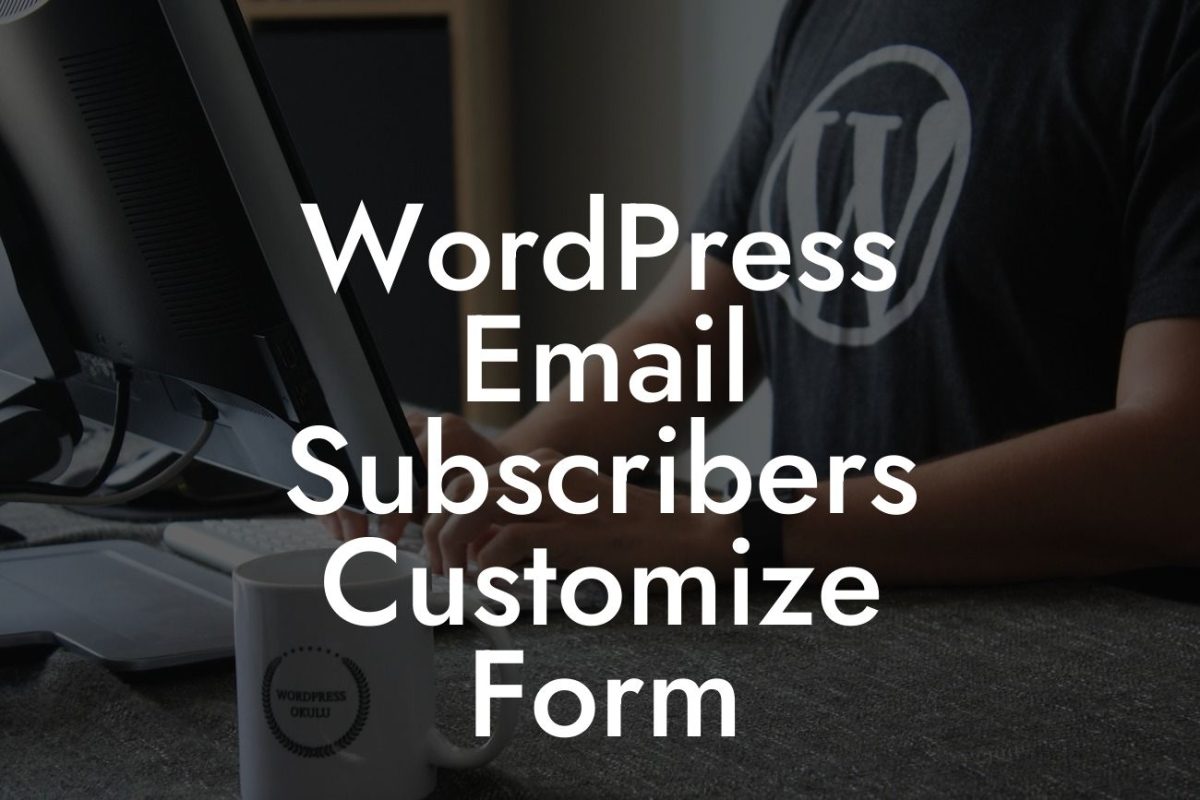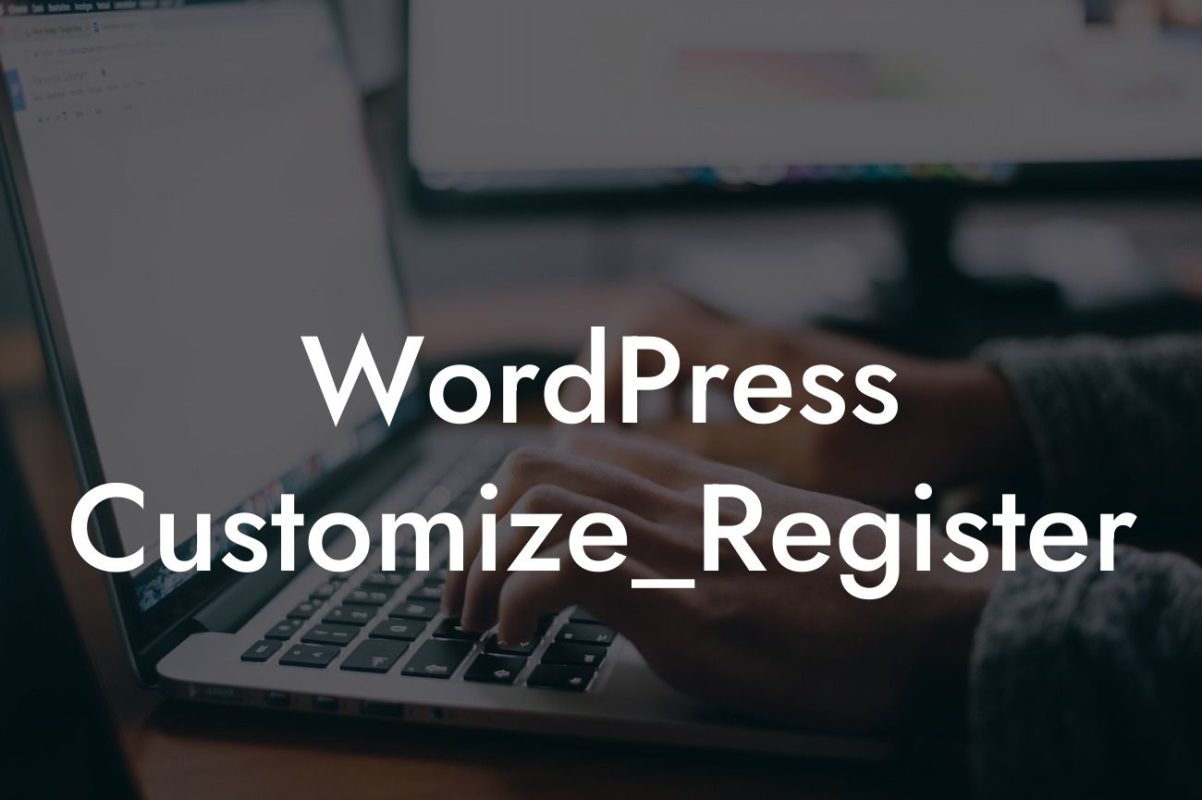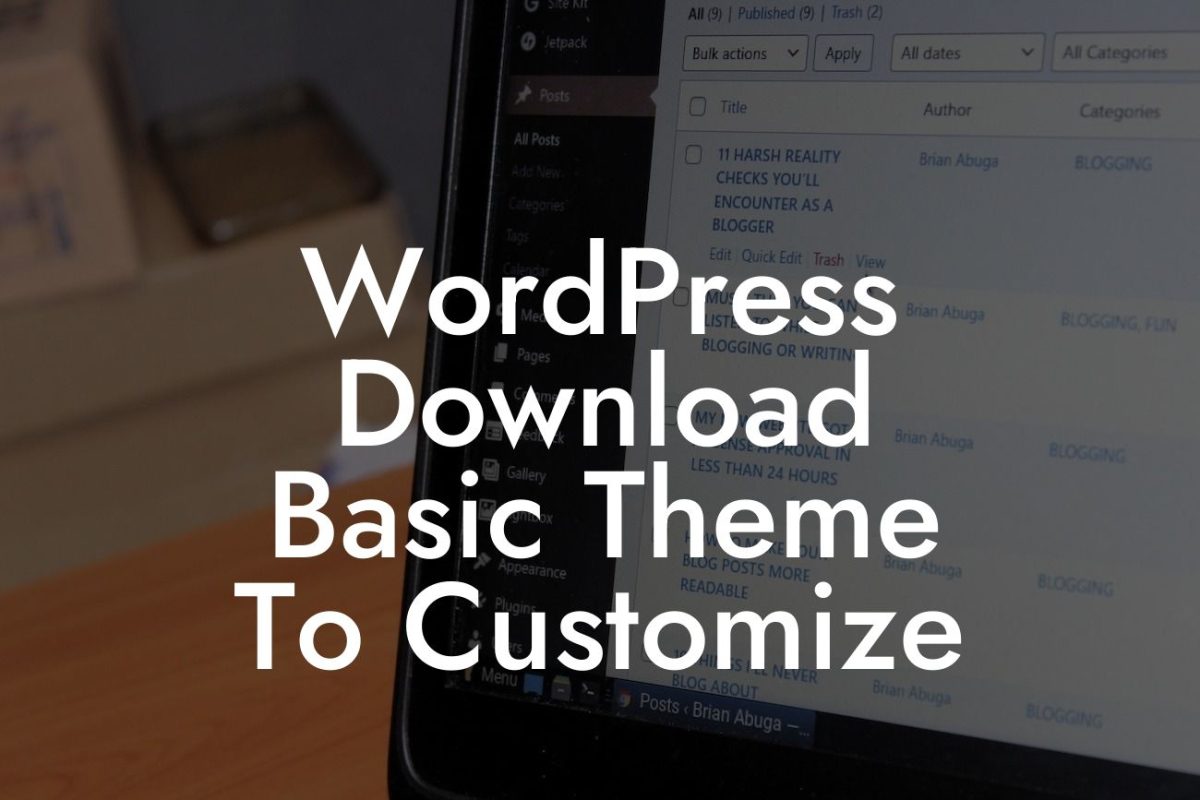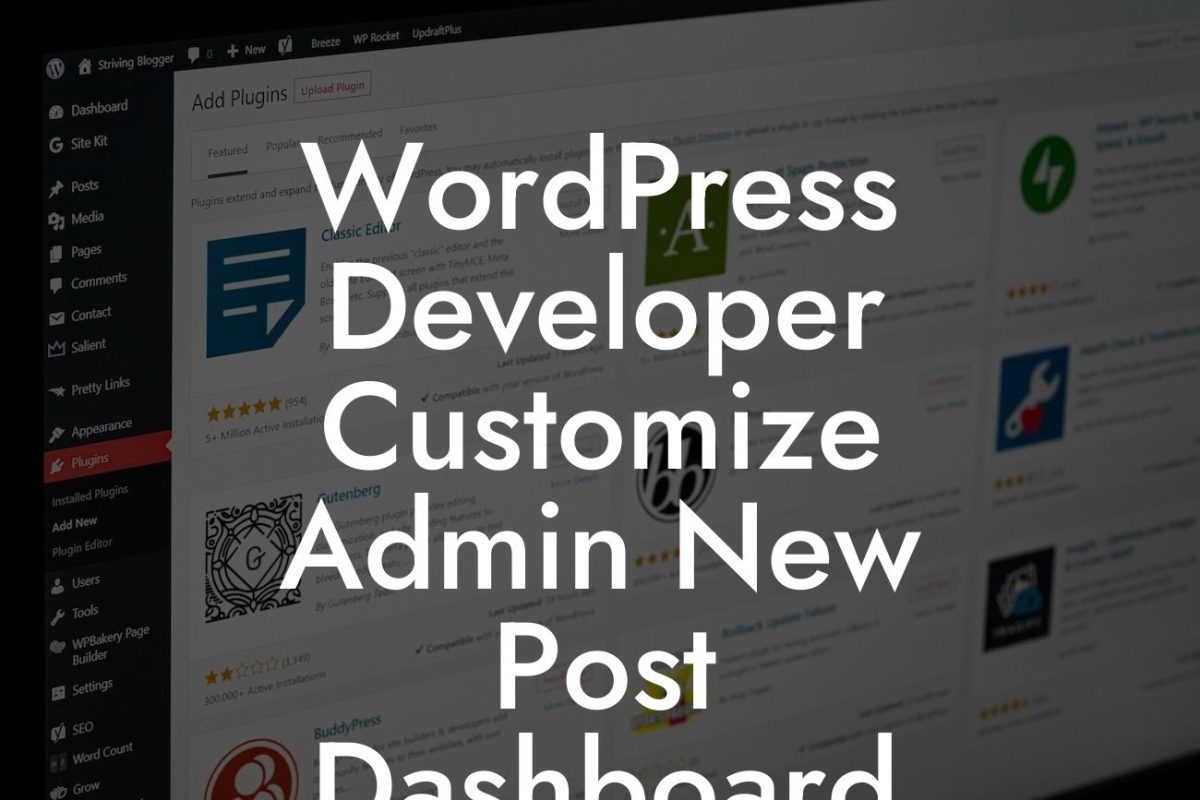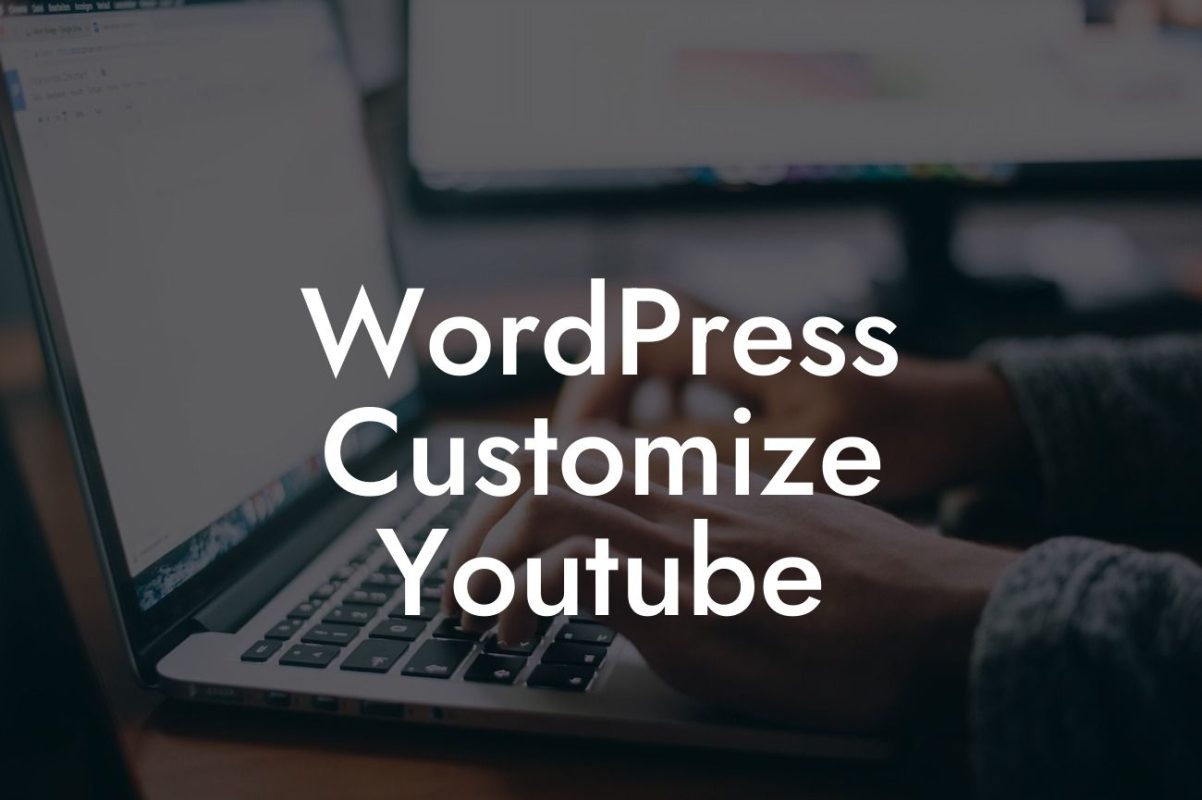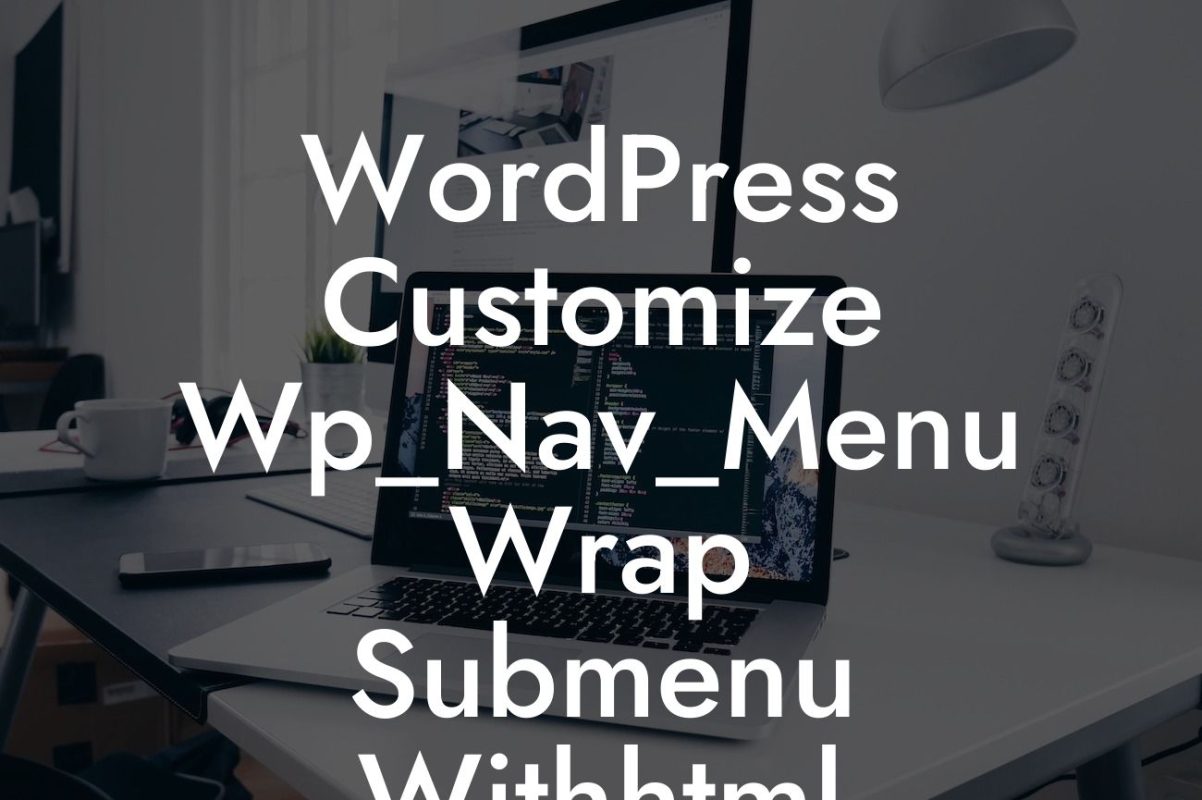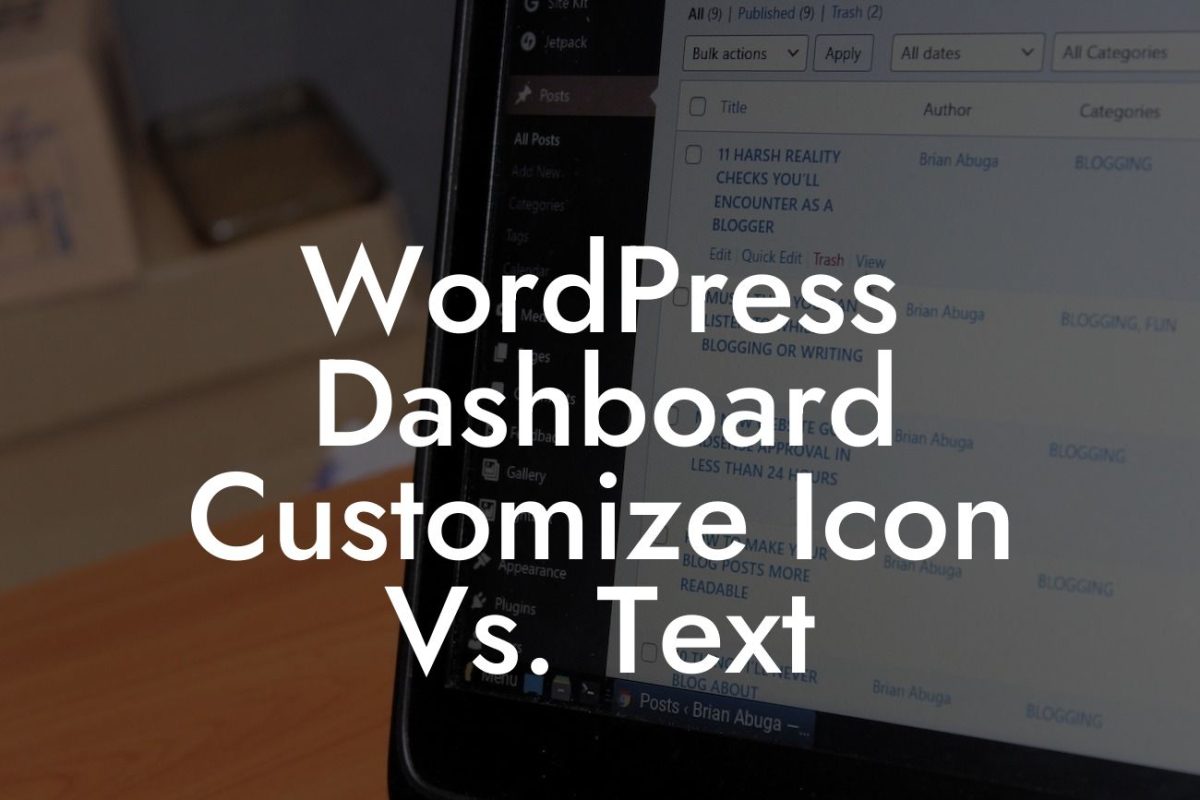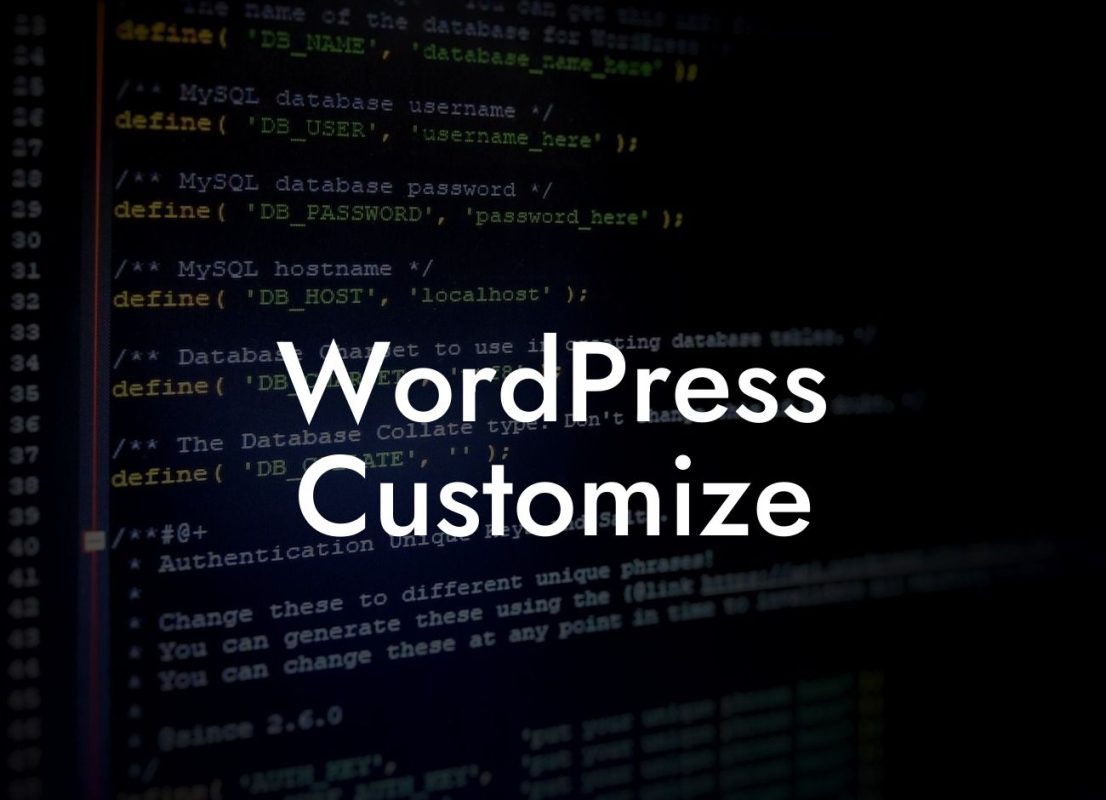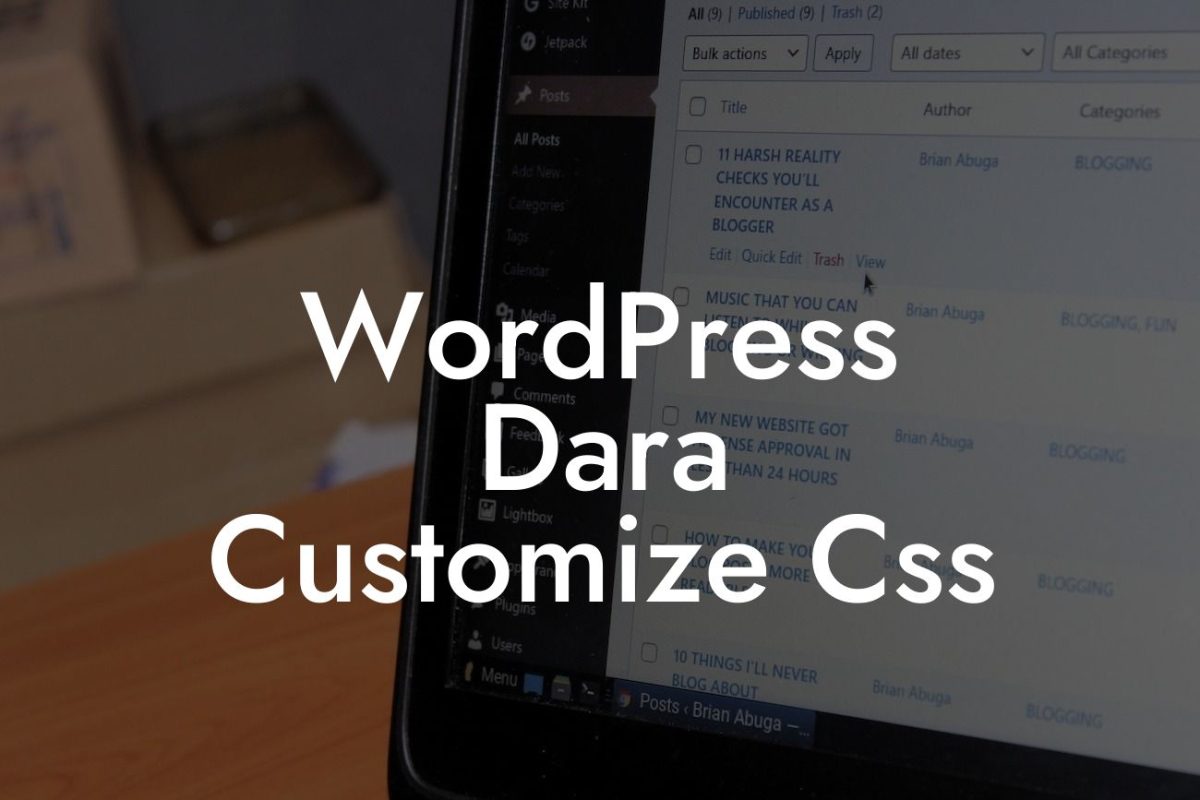Are you struggling to find the perfect text size for your WordPress menus? Do you want to make your menus more readable and attractive to users? Look no further! In this article, we'll guide you through the process of changing the menu text size in WordPress, giving you complete control over the appearance of your website's navigation.
H2: Understanding the Menu Structure
Having a clear understanding of the menu structure is essential before making any changes. In WordPress, menus are typically created using the built-in navigation menu feature. To access this feature, go to your WordPress dashboard, navigate to "Appearance," and click on "Menus."
H3: Step 1 - Select the Menu to Edit
In the Menus section, you'll find a list of menus available on your website. Choose the menu you want to modify and click on the "Select" button.
Looking For a Custom QuickBook Integration?
H3: Step 2 - Customize Menu Items
Once you've selected the desired menu, you can customize its items. WordPress allows you to add pages, categories, custom links, and more to your menu structure. To change the text size, find the menu item you want to edit and click on it to expand the options.
H3: Step 3 - Adjust Menu Text Size
Within the menu item options, you'll find a range of customization settings. Look for the "CSS Classes" field and click on it to reveal the input box. In this box, you can add a CSS class that will apply a specific style to the menu item. For changing the text size, you can utilize CSS code.
H3: Example CSS Code
To change the menu text size, you can use the following CSS code:
ul.your-menu-class li.menu-item-class a {
font-size: 18px;
}
Replace "your-menu-class" with the appropriate CSS class associated with your menu, and "menu-item-class" with the class of the specific menu item you want to modify. Additionally, adjust the "font-size" value to your preferred text size.
How To Change Menu Text Size In Wordpress Example:
Let's say you want to increase the text size of the main menu on your website. You have chosen the CSS class "main-menu" for your menu, and you want the menu items to have a font size of 20 pixels. Applying the CSS code would look like this:
ul.main-menu li a {
font-size: 20px;
}
Congratulations! You've successfully learned how to change the menu text size in WordPress. By customizing the appearance of your menus, you can enhance the user experience and make navigation more visually appealing. Remember to explore other useful guides on DamnWoo to further optimize your website, and don't forget to try our awesome plugins for small businesses and entrepreneurs. Share this article with others who may find it helpful and empower them to take control of their WordPress menus too!


